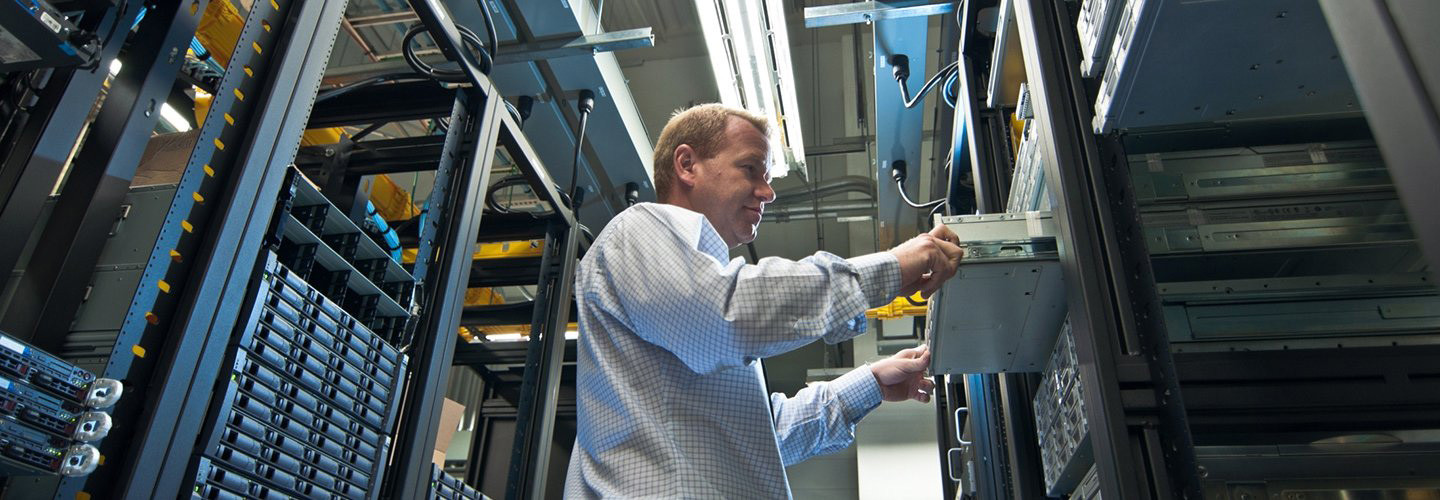Governments Upgrade Storage With Flash Systems
Today’s governments move at such a fast pace, they can’t afford to have anything slow service to citizens.
Ben Hendricks, IT director for Wood County, Ohio, moved to flash storage to gain better performance for the county’s SQL database and Microsoft Exchange. Its old storage area network gave file server applications the same priority as the SQL and Exchange applications, degrading system performance.
The Fusion-io ioControl n5-50 Hybrid Storage System lets Wood County run the file server apps on spinning disks and prioritize SQL and Exchange on the flash drives. “In the past, the file server applications were contending for resources. That’s all gone now that we have the flash system,” Hendricks says.
The percentage of IT managers who currently use flash in their external storage environment
SOURCE: IDC, “Storage Purchasing Intentions Survey,” July 2014
Hendricks reports dramatic gains from the Fusion-io system, including a 20 percent performance improvement in reads and writes. The Fusion-io systems cost 78 percent less to support, and Wood County was able to reduce its data center footprint by 63 percent.
“Overall, it was really great that we could show these benchmarks to our Board of County Commissioners, that we could document very specific savings,” Hendricks adds.
Eric Burgener, research director for IDC’s storage practice, says that while hybrid arrays remain popular with many organizations, ultimately all-flash units will replace the hybrid products currently offered by manufacturers. Recent IDC research shows that 18 percent of organizations already use all-flash arrays, while 23 percent use hybrid arrays. Another 37 percent use existing spinning disks with flash drives added as cache.
“People move slowly when mission-critical applications are at stake. Plus, there’s a comfort level with spinning disks,” says Burgener. “Overall, we expect the transition to all-flash for primary storage environments to take five to seven years.”
Flash in Hot Springs
Hot Springs, Ark., deployed flash systems from Nimble Storage to more efficiently run its SQL databases and Microsoft Exchange.
Jeff Winter, IS director for Hot Springs, also handles support for Garland County. Hot Springs virtualized its servers several years ago and upgraded its storage, but the previous manufacturer had problems with snapshots and disaster recovery.
“About three years ago, we were still in the market for a SAN, and Nimble impressed us,” Winter says. “We were able to get both flash and spinning disks on the same device, so it was like the best of both worlds, with lower costs and high performance.”
Winter says Nimble’s intelligent operating system and Cache Accelerated Sequential Layout (CASL) make intelligent decisions on how to manage storage. For example, if he provisions a virtual server for 100 gigabytes of storage but the application uses only 10GB, it will automatically compress and remove white space to leave room for snapshots and other volumes.
In Garland County’s initial tests, the Nimble system delivered double the response times of the previous storage system and has sustained that performance over the past few years. “The system also improves response times by caching the most frequently used applications in flash,” Winter says.
Winter explains the Nimble system also self-monitors, so in the event of a system error, he’ll receive an email or call from the Nimble support team alerting them that they identified a failure — typically a snapshot failure.
“They’ll actually call us and ask us if we knew we were having a problem if the problem is serious,” Winter says. “That’s where the rubber meets the road for me. Everyone will say that they can deliver fast performance with flash, but I want to know, what else can you do?”








